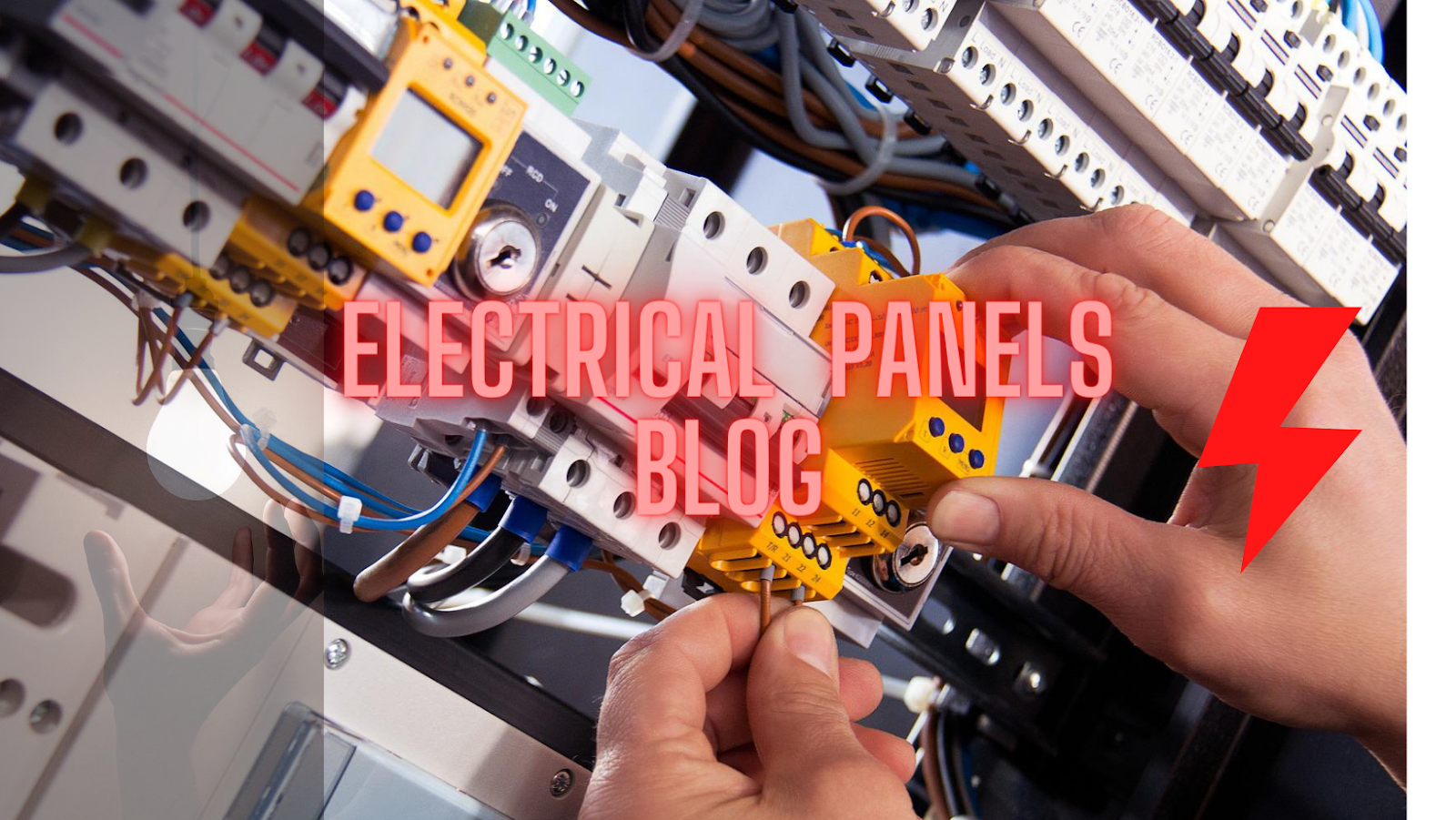heaT DissipaTion in sealeD elecTrical enclosures The accumulation of heat in an enclosure is potentially damaging to electrical and electronic devices. Overheating can shorten the life expectancy of costly electrical components or lead to catastrophic failure. enclosure maTerials The following discussion applies to gasketed and unventilated enclosures. Higher temperature rises...
Tuesday, March 4, 2014
Thursday, February 27, 2014
Tuesday, February 25, 2014
Terms AC1 and AC3
AC-1 - This category applies to all AC loads where the power factor is more than 0.95. These are primarily non-inductive or slightly inductive loads, such as heating. Breaking the arc remains easy with minimal arcing and contact wear. AC-3 - This category applies to squirrel cage motors with breaking during normal running of the motor. On closing, the contactor makes the inrush...
Monday, February 24, 2014
Thursday, February 20, 2014
Understanding Type 2 Coordinated Protection in Motor Branch Circuits
The new IEC (International Electrotechnical Commission) standard, publication 947 “Low Voltage Switchgear and Control, Part 4-1: Contactors and Motor Starters,” has been recognized by UL (Underwriters Laboratories) and is becoming widely accepted by designers and users of motor control in the U.S. This standard addresses coordination between the branch circuit protective device...
Why Are Copper Bus Bars Plated?
Even though copper is the most popular choice for use in bus bars, and used very often in other electrical applications because it is more resistant to rust and corrosion than other metals, this doesn’t mean that it won’t oxidize over time. When metals oxidize, the resistance in the conductive metal will increase, requiring more power to be used to carry current along the surface....
Wednesday, February 19, 2014
CE marking
IEC 60364 Electrical Installations for Buildings
IEC 60364 Electrical Installations for Buildings is the International Electro technical Commission's international standard on electrical installations of buildings. This standard is an attempt to harmonize national wiring standards in an IEC standard. The latest versions of many European wiring regulations (e.g., BS 7671 in the UK) follow the section structure of IEC 60364 very closely,...
Subscribe to:
Posts (Atom)














